WO3/Titania Nanotubes with Improving Photocatalytic Activity Fabricated Using Ammonium Paratungstate
- Details
- Category: Tungsten Information
- Published on Tuesday, 06 July 2021 21:45
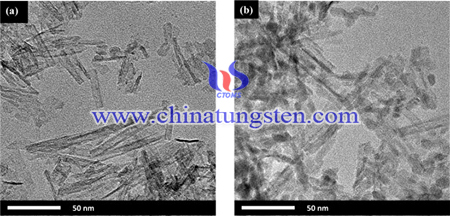
Titanium dioxide (Titania) has been utilized in photocatalysis since the discovery of the early 1970s. Since then, researchers have developed a variety of methods to tune the nanostructure and the composition to optimize the photocatalytic efficiency. Compared with nanoparticles or the bulk materials, nanotubular-structure titania possesses larger specific surface area and stronger adsorption capacity that results to a better photocatalytic effect. These unique chemical and physical properties allow titania nanotubes (TNT) to be widely used in sewage treatment, air purification, and sterilization areas.
W/Tic Nanopowders Fabricated with APT by Wet Chemical Process
- Details
- Category: Tungsten Information
- Published on Tuesday, 06 July 2021 02:19
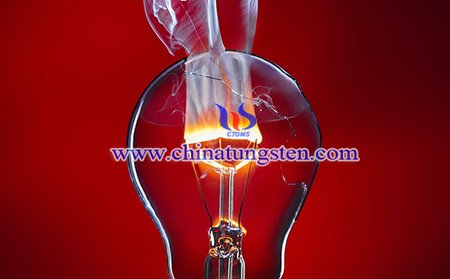
Recovery of Tungsten from SCR Catalysts as Ammonium Paratungstate
- Details
- Category: Tungsten Information
- Published on Tuesday, 06 July 2021 01:40
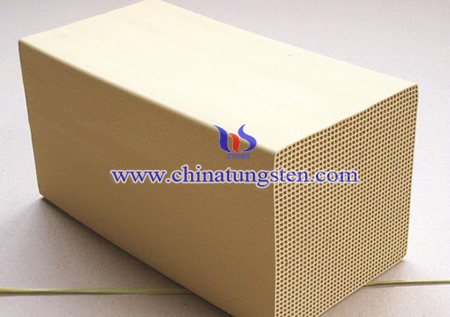
Synthesis of Nanosized Tungsten Carbide from Water Soluble Tungsten Source—APT
- Details
- Category: Tungsten Information
- Published on Monday, 05 July 2021 21:53
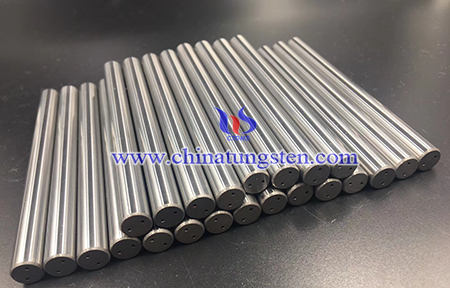
Thermal sprayed cemented carbides such as WC–Co(Cr) and Cr3C2–NiCr coatings are well known and widely used for wear protection purposes. Nanocarbides in cermets have shown promising results in gaining the hardness , wear performance in abrasion, cavitation or slurry type of wear conditions. Even friction properties have been reported to be improved by the use of nanocarbides. The driving force for reducing the carbide grain size comes from the fact that, as the carbide size becomes smaller, the binder mean free path is reduced, resulting in higher resistance to deformation and material loss. Many researchers have pursued such a hypothesis so as to improve the wear performance of HVOF WC–Co by reducing the WC grain size to the nanoscale.
Synthesis of Ca3WO6 for Cleaner APT Production
- Details
- Category: Tungsten Information
- Published on Monday, 05 July 2021 14:56
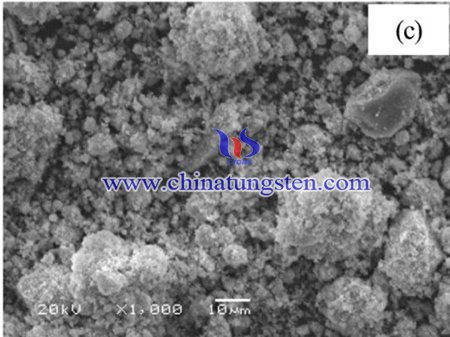
rGO/WO3 Composites with Excellent Electrochemical Performance from Ammonium Paratungstate
- Details
- Category: Tungsten Information
- Published on Monday, 05 July 2021 03:14
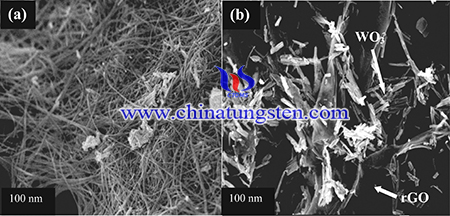
The global energy demand has increased due to rapid population growth. The depletion of energy sources and increase in energy demand have urged researchers worldwide to study the electrochemical energy storages system, such as batteries, conventional dielectric capacitors, and fuel cells. Supercapacitors are one of the electrochemical capacitors that have attracted much research interest because of their long cycle life, high power density, excellent reversibility, environment friendly and higher safety.
Extraction of Tungsten from Acidic High-Phosphorus Solution for Producing APT
- Details
- Category: Tungsten Information
- Published on Saturday, 03 July 2021 18:29
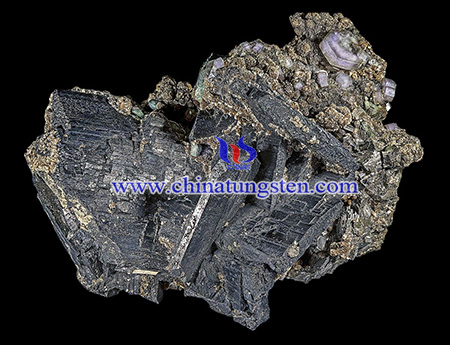
Tungsten is one of the most important high-tech metals, and its high-purity products are vital for developing advanced materials. Wolframite and scheelite have been used as main resources for tungsten extraction. However, the high-quality wolframite and scheelite resources reduced with the continuously exploitation and utilization and the tungsten deposits with high content of impurities must be exploited. As one of the main impurities, phosphorus significantly affects the quality of the ammonium paratungstate (APT) products. In order to obtain qualified APT, the phosphorus impurity contained in tungsten deposits must be removed in the process of tungsten hydrometallurgy.
Potassium-Doped Tungsten with High Thermal Shock Resistance Prepared from APT
- Details
- Category: Tungsten Information
- Published on Tuesday, 29 June 2021 01:27
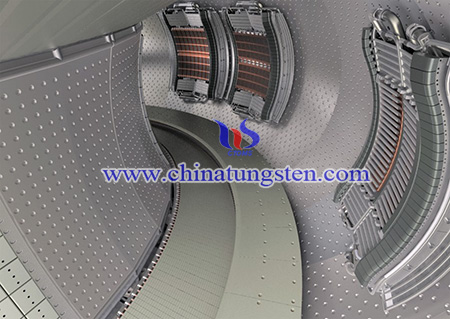
As one of the most promising candidates for plasma-facing material (PFM) in future fusion reactors, tungsten was extensively investigated in recent years. However, even though tungsten has many advantages like high melting point, high thermal conductivity, low tritium inventory and low erosion rate under plasma loading, there still exist some disadvantages such as high ductile–brittle transition temperature (DBTT), low recrystallization temperature (RCT), irradiation induced hardening, and so on.
Ammonium Paratungstate Applied in Photocatalytic Degradation of Herbicides
- Details
- Category: Tungsten Information
- Published on Monday, 28 June 2021 22:06
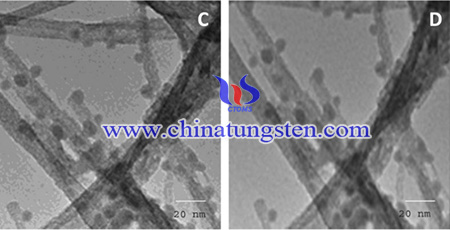
Many types of herbicides and pesticides can be used for the growth inhibition of weeds and protection of crops from insect pests. However, through the transfer of wastewater that contains residual herbicides and pesticides, groundwater and rivers can be polluted. Many crops contain 2,4-dichlorophenoxyacetic acid (2,4-D), as it was considered a main ingredient for more than 1500 herbicides and pesticides. It is a carcinogenic and highly toxic pollutant that causes injury to the heart and central nervous system, and because of its high biological and chemical stability, it is very difficult to decompose
Quasi-Spherical Nanosized Tungsten Prepared by APT
- Details
- Category: Tungsten Information
- Published on Sunday, 27 June 2021 21:27
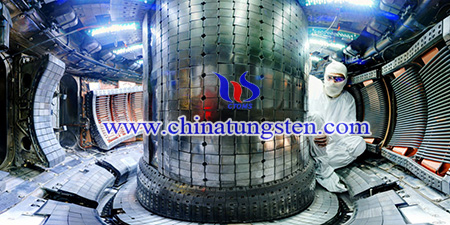
Tungsten has been widely used as structural materials in aerospace, military, and energy industries owing to its brilliant characteristics such as high mechanical strength and melting point, well thermal conductivity, and good resistance to oxidation. Generally, bulk tungsten is fabricated by powder metallurgy process and high density and fine grain size are critical to achieve outstanding mechanical properties such as the hardness of sintered compacts. Due to its high melting point of 3420 °C, the powder metallurgy process usually requires very high sintering temperatures of 2700–2800 °C to get near fully dense tungsten, which always leads to over growth of the grain size and deteriorates the mechanical properties.



 sales@chinatungsten.com
sales@chinatungsten.com